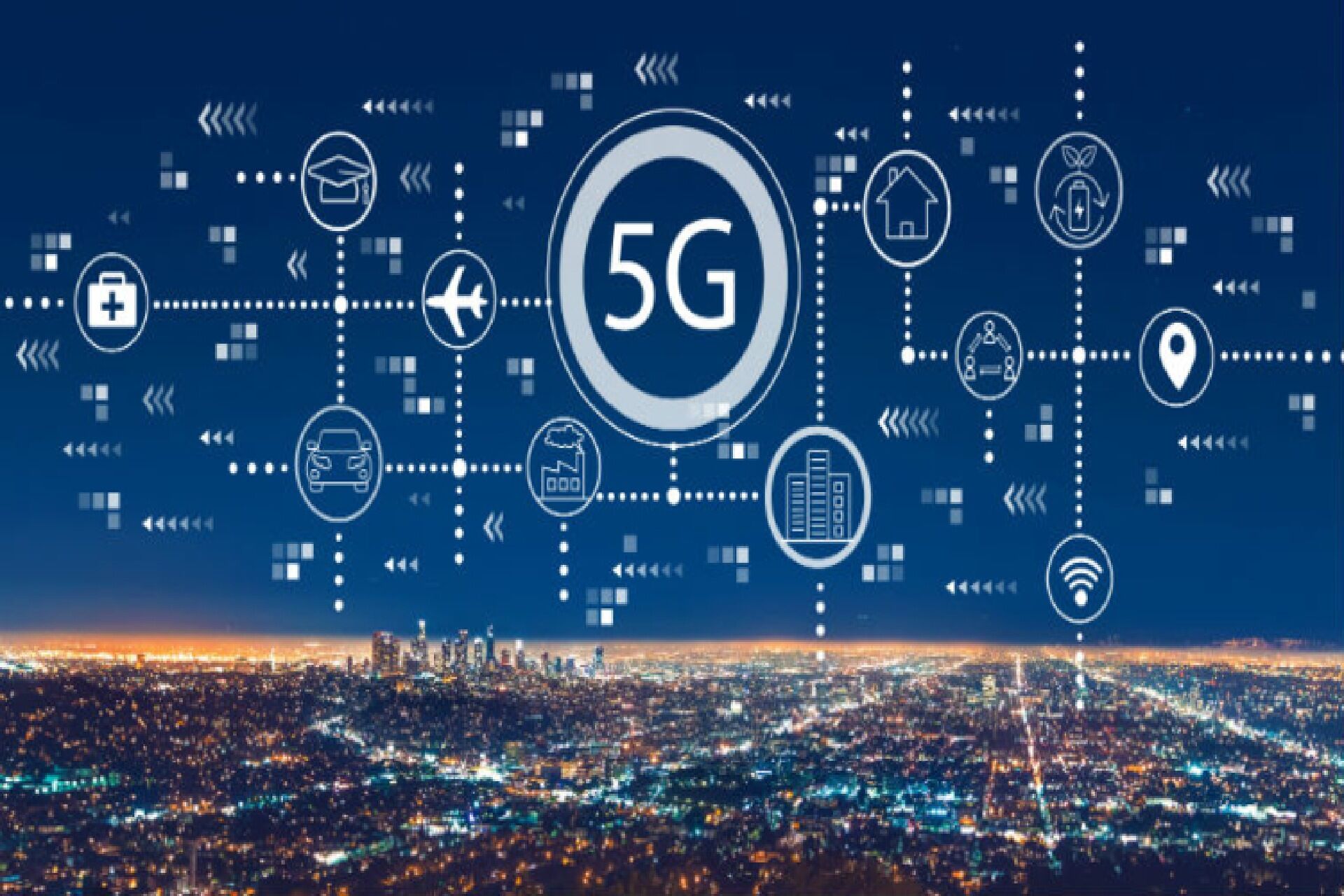Standing at the cusp

Surprisingly, the world's second largest telecom market — India — has not yet made its advent in the brand new 5G avenue. All developed and major developing nations are already trying their fortune with the fifth-generation mobile networks, but not India. The wait, however, may not be much long now as the government has laid the groundwork for 5G rollout in 2022-23. Though delayed, the move means a great deal for the country. It can potentially augment India's march towards digitalization and technological advancement. The most obvious benefit is the increased speed of the network. 5G is expected to boost the speed by a factor of 10 over the 4G networks. This may entail smooth gaming and live-stream opportunities — repetition of an advantage that 4G had gained over previous generations. But the significance of 5G rollout is not limited to these marginal improvements; it goes much beyond in promising transformative changes to the industrial production and services. Government's decision to set aside a spectrum for the captive non-public networks (CNPN) is a smart move indeed. CNPN allows for machine-to-machine communication in restricted set-ups like factories, mines etc. A separate spectrum for CNPN would mean a world of opportunities in the use of automation and robotics. The advantage of enhanced speed must necessarily pass on to the sectors of new-age significance. While India may be a laggard in rolling out 5G services, it is among the league of frontrunners when it comes to allotting a separate spectrum to private networks (CNPN). This move of the government, however, has not gone well with the existing telecom providers in the country. Cellular Operators Association of India (COAI) — comprising Bharti Airtel, Reliance Jio and Vodafone India — has written to the Ministry of Telecom, expressing its apprehension around direct assignment of spectrum to "industry verticals" through the Department of Telecommunication (DoT). The DoT has also allowed them to acquire a band of networks from licensed telecom providers. The apprehension raised by the telecoms is understandable as their profits will be curtailed. In fact, the COAI went on to say that with direct assignment of spectrum to private players, there will be no business case left for 5G rollout. Notably, the introduction of 5G technology will unlock a huge market in a short span — estimated to be around USD 450 bn. Telecom companies' expectations of earning big from the spectrum allocation is completely understandable but India couldn't afford to further lag behind on facilitating smooth technological advancement. It is surprising that even though being in the market as a pre-existing force, the telecom companies are concerned about a "level playing field" with the new entrants! COAI has demanded greater clarity in the definition of CNPN. It has also called for restricting the ambit of private networks to keep them isolated so that public networks don't get affected. More importantly, the COAI has flagged concerns around national data security — emphasizing that these networks should be made to comply with the prescribed subscriber verification norms to ensure adequate verification and traceability of every user. The government should seriously consider these apprehensions and provide for a fix wherever required. Direct allocation of spectrum for third-party tech players, however, cannot be discredited altogether. With the deployment of 5G services, prices of which the government has assured will remain low when compared to other developed nations, the cost of data should also come down. The government must ensure a fair deal of flexibility in data pricing so that internet penetration within the country is strengthened. While taking a leap forward in technological advancement, the government must be careful in chalking out the way forward as we stand on the cusp of another technological upgrade. In terms of digitalization, we face the twin challenge of ensuring both scale and depth. The new wave of change should be channelized in a way to bridge the deep digital divide within the country. Reassuringly, continuance of previous generation networks is allowed for the time being. Let's hope for a future not just enriched with robots and AI but also with a sense of internet equality.



